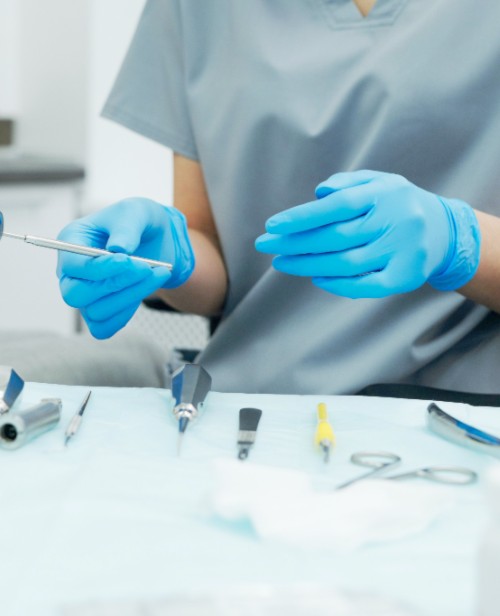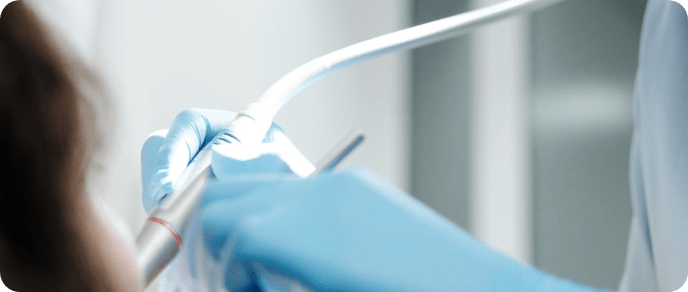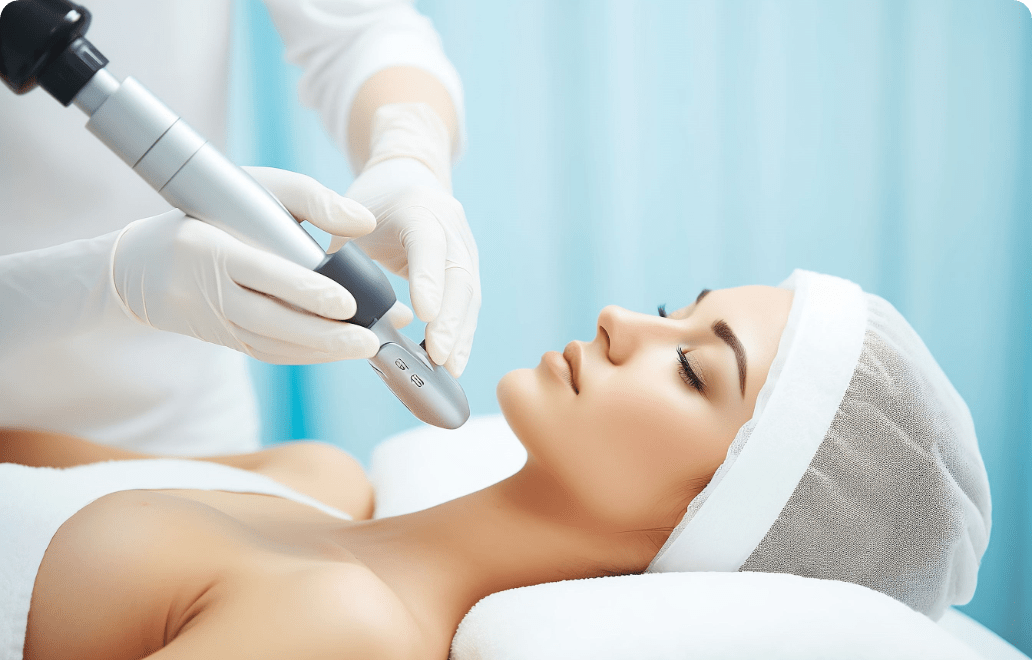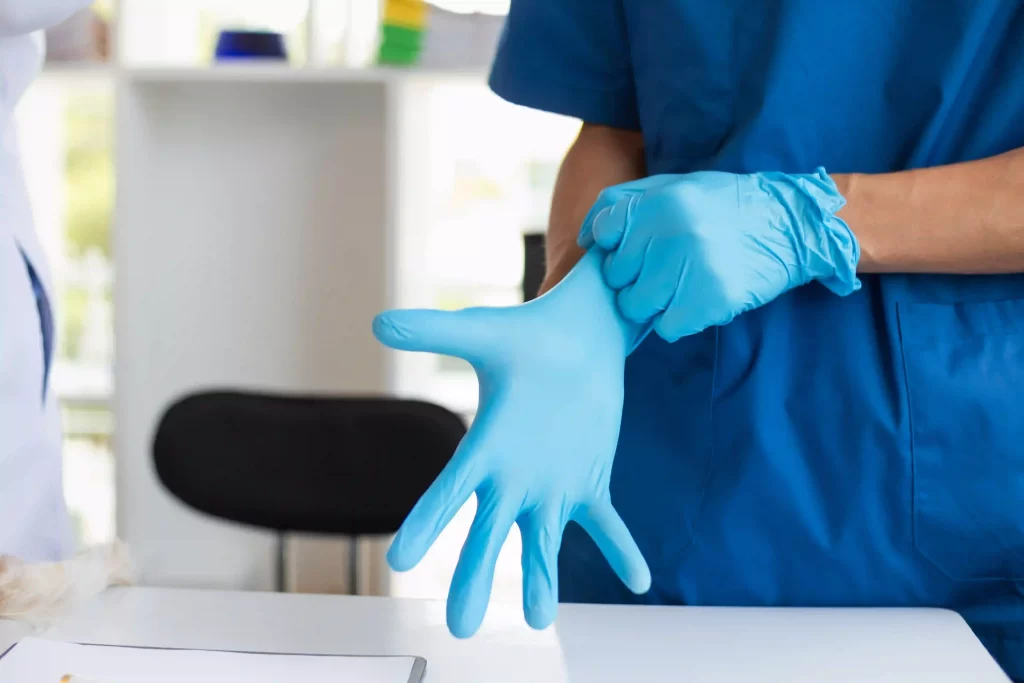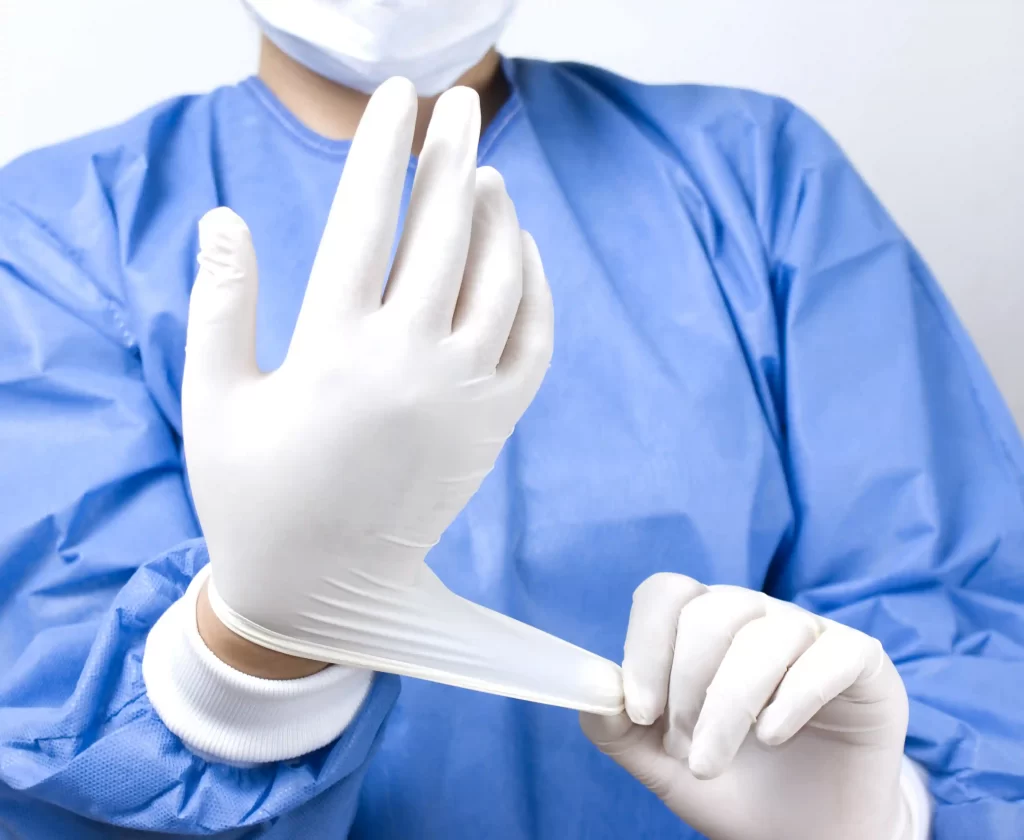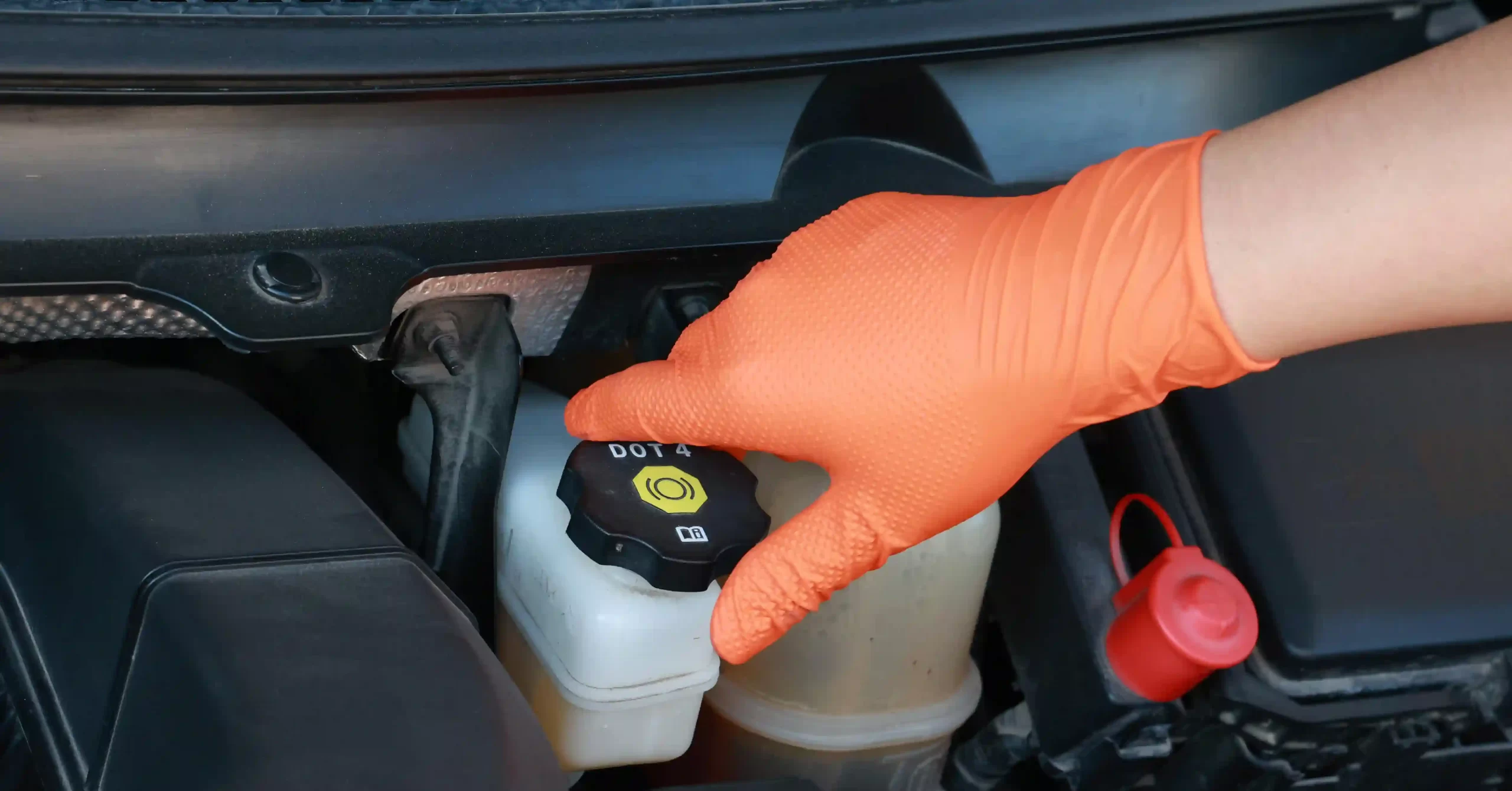Glove products
Exam Gloves vs. Surgical Gloves: Unveiling Key Differences
In medical settings, the choice of suitable gloves is crucial for maintaining safety and hygiene. Though exam gloves and surgical gloves are both essential, their purposes, designs, and standards vary greatly. Recognizing these differences helps healthcare professionals select the appropriate protective equipment for different medical tasks.
Understanding the Application of Exam and Surgical Gloves
Medical Examination Applications
Exam gloves are specifically designed for conducting medical examinations and related procedures. These gloves are instrumental in preventing contamination between patients and medical workers. They are commonly used in routine checkups, vaccination, and drawing blood samples. Exam gloves ensure that both the healthcare worker and the patient are protected from potential infections.
Surgical Procedures and Their Specific Requirements
Surgical gloves are intended for use in surgical settings where sterility and precision are paramount. These gloves provide a barrier to a wide range of pathogens,blood and help in preventing infections that might arise during invasive procedures. They are meticulously designed to offer a high level of dexterity, allowing surgeons to perform delicate operations with great precision and control.
Key Performance Differences
Sterilization Process
The primary distinction between exam gloves and surgical gloves lies in the sterilization process. Surgical gloves undergo a rigorous sterilization procedure during manufacturing to ensure they are completely free of any microorganisms, making them suitable for use in sterile environments like operating rooms. In contrast, exam gloves do not go through this sterilization process, as they are typically used in non-sterile settings such as routine medical examinations. Despite this difference, both types of gloves are identical in terms of thickness, strength, and size. They provide the same level of protection and comfort, ensuring reliability for various medical applications.
Sterilization Standards for Exam Gloves
Sterility is a key consideration with exam gloves. While not all exam gloves are sterile, those intended for medical procedures must adhere to strict sterilization practices to minimize the risk of contamination. These gloves are often used straight from the package and are disposed of after a single use to maintain hygiene standards.
Ensuring Sterility in Surgical Gloves
Surgical gloves must adhere to the highest sterilization standards. They are typically packaged in sterile conditions and must be donned using aseptic techniques to ensure that they remain free from contaminants. Ensuring sterility is critical in surgical settings to prevent postoperative infections and complications.
Regulatory Compliance and Guidelines
FDA Regulations on Exam Gloves
Exam gloves are regulated by the FDA as Class I medical devices, which means they must meet specific requirements for safety and effectiveness. These regulations ensure that the gloves provide adequate protection and meet the required standards for use in medical examinations. The FDA mandates proper labeling, biocompatibility testing, and quality control measures for these gloves.
Enhanced Regulatory Standards for Surgical Gloves
Due to the critical nature of the procedures they are involved in, surgical gloves are subject to more stringent regulatory standards. As Class II medical devices under the FDA, surgical gloves must undergo rigorous testing to demonstrate their sterility, strength, and durability. Additionally, they must comply with specific requirements for labeling and biocompatibility to ensure they are safe for surgical use.
Choosing the Right Type of Glove for Your Needs
Choosing between exam gloves and surgical gloves depends on the specific needs of the medical procedure. For routine examinations and diagnostic tests, exam gloves are typically sufficient, offering the flexibility and protection required. In contrast, for surgical procedures, where sterility and precise handling are crucial, surgical gloves are the preferred choice. By choosing the right type of glove, healthcare providers can maintain high standards of patient care and safety.
INTCO Medical offers a comprehensive range of both exam and surgical gloves, ensuring that healthcare professionals have access to high-quality, reliable products tailored to their needs. Whether you require gloves for routine medical examinations or intricate surgical procedures, INTCO’s gloves provide the necessary protection and performance to uphold the highest standards of healthcare.
INTCO Medical has advanced manufacturing capabilities and state-of-the-art equipment. They have been in the industry for over 30 years and have become a global leader in the disposable glove industry. Their production facilities are equipped with advanced instrumentation and automation systems, ensuring high-quality and efficient production.
In addition to their focus on manufacturing, INTCO Medical also emphasizes research and development. They invest heavily in R&D to innovate and develop new materials and formulations for their gloves.
INTCO Medical has a global presence and serves customers in over 120 countries. They have established a comprehensive sales and service network, providing high-quality products that comply with different local standards. Their diverse customer base includes wholesalers, retailers, trading companies, and businesses from various industries.
Overall, INTCO Medical is committed to protecting the health and safety of every user. They strive to provide practical products, high-quality services, and maintain long-term partnerships with their clients.


